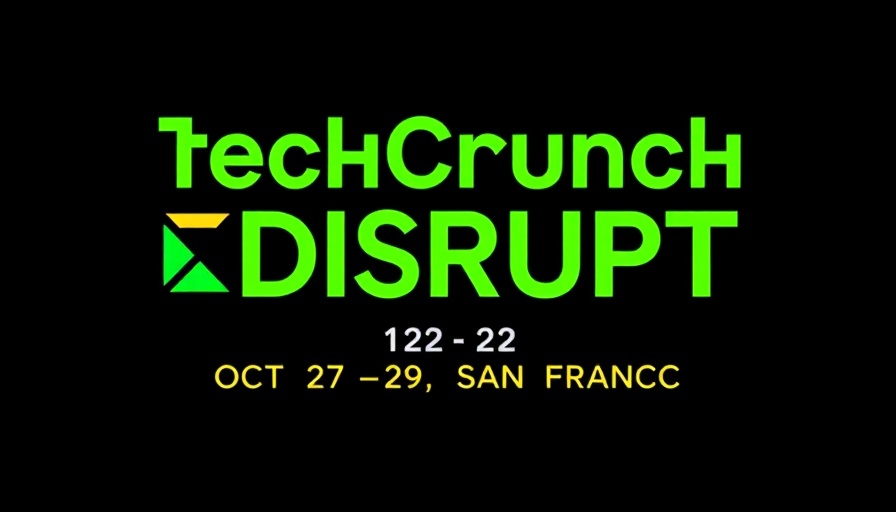
Google Photos Introduces Video Magic with Veo 3
Google Photos has taken a significant step forward by introducing a new video generation feature powered by its advanced AI model, Veo 3. Set to revolutionize how users interact with their images, this feature is designed to transform still photos into brief video clips, making memories come alive in an exciting new way. As of September 2025, users in the U.S. can access the latest version on the mobile app's Create tab, indicating a transformative leap in how we share and relive our memories.
What Veo 3 Offers and How It Enhances Content Creation
This enhancement builds on the existing “Photo to video” feature at Google Photos but boasts higher quality and more engaging video generation capabilities. Initially introduced at the May I/O developer conference, Veo 3 enhances the user experience by allowing the generation of up to three videos daily for those on the AI Pro and AI Ultra subscription plans. While the feature will remain free but with limited generations for general users, subscribers will enjoy more flexibility and features, signaling a tiered approach to AI-enhanced tools.
The Functionality: Simplicity Meets Creativity
With Veo 3, users can select images from their library and choose among different prompts. For instance, they could opt for ‘subtle movements’ or an ‘I’m feeling lucky’ surprise animation. This shift from static to dynamic media facilitates greater creativity, enabling users to engage with their memories in a more playful manner. Each generated clip, though only four seconds long, aims to create a delightful burst of nostalgia that can be shared across social platforms.
Why AI Integration is Becoming Essential
The broader trend of integrating AI into everyday applications is noticeable, and Google Photos’ upgrade reflects this shift. As over 1.5 billion users rely on Google Photos monthly, elevating user-generated content through AI not only enriches user experience but also maintains the competitive edge of the platform amidst a rapid technological evolution. The use of intelligent algorithms to enhance creativity is a testament to how tech giants are shaping our interactions with digital content.
AI and User Privacy: Navigating New Challenges
With the rise of AI enhancements, questions about user privacy and data security surfacing in conversations around platforms like Google Photos cannot be ignored. Videos generated by Veo 3 will carry both visible and invisible watermarks, ensuring transparency about their AI-generated nature. However, this brings forth critical discourse on how user data is used and what safeguards are in place, especially in a world where users increasingly value their privacy.
Broader Implications of AI Tools in Photography
The addition of such features raises questions about the future of photography and creativity. If AI can effortlessly animate still images, how does this influence our understanding of originality and artistry? Could it lead to an era where creativity is defined by algorithms rather than human intuition? Engaging with this technology means not just celebrating the new possibilities but also scrutinizing the implications it has on artistic integrity.
Future of Content Sharing and User Engagement
The introduction of Veo 3 through Google Photos sets the stage for future innovations in how we capture and share life’s moments. As technology continues to advance, the potential for more interconnected and dynamic user engagement increases. Expect to see more features that blur the line between photography and videography, pushing the boundaries of traditional media.
Conclusion: Embracing the Future of AI in Photography
The exciting modification in Google Photos with the Veo 3 model showcases not only technological advancements but also the platform's commitment to enhancing user experience in an increasingly visual world. As users navigate this new creative toolkit, they must also remain conscious of the implications surrounding privacy and originality in a digital landscape saturated with AI capabilities. Embracing these advancements could lead to an enriched storytelling process for millions, pushing the boundaries of how we share and remember.
 Add Row
Add Row  Add
Add 




Write A Comment